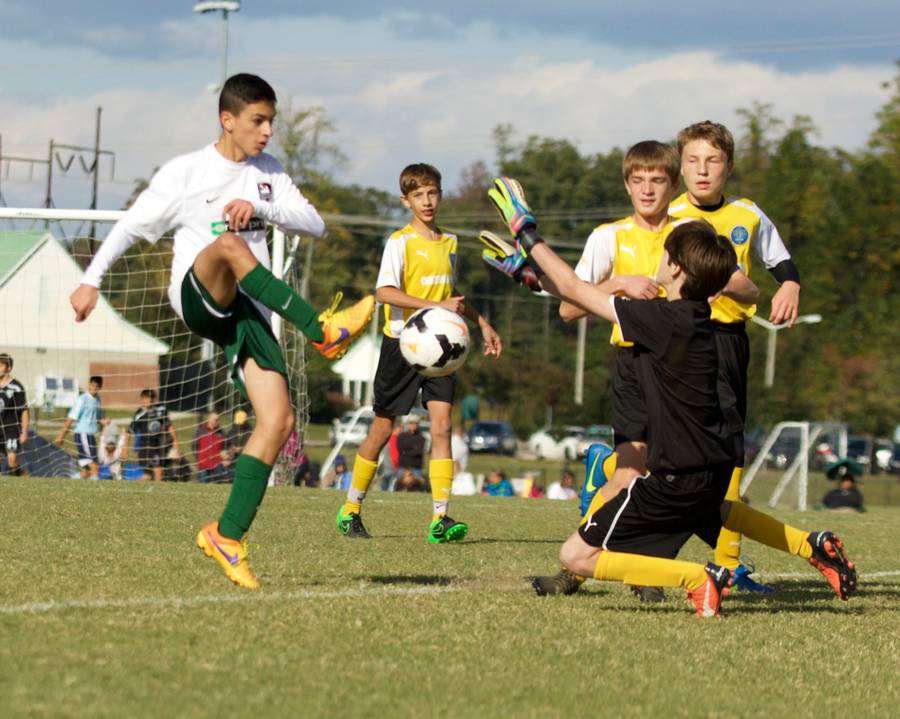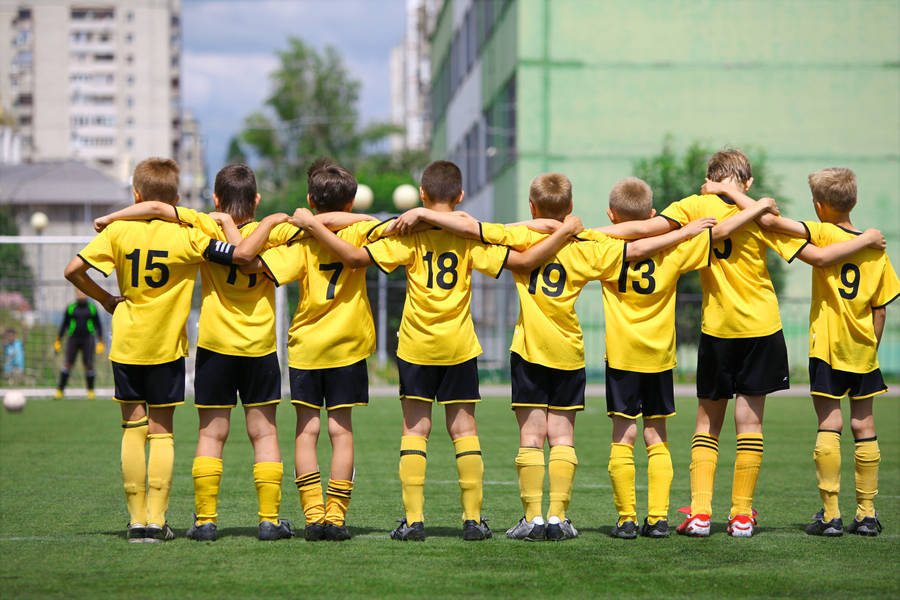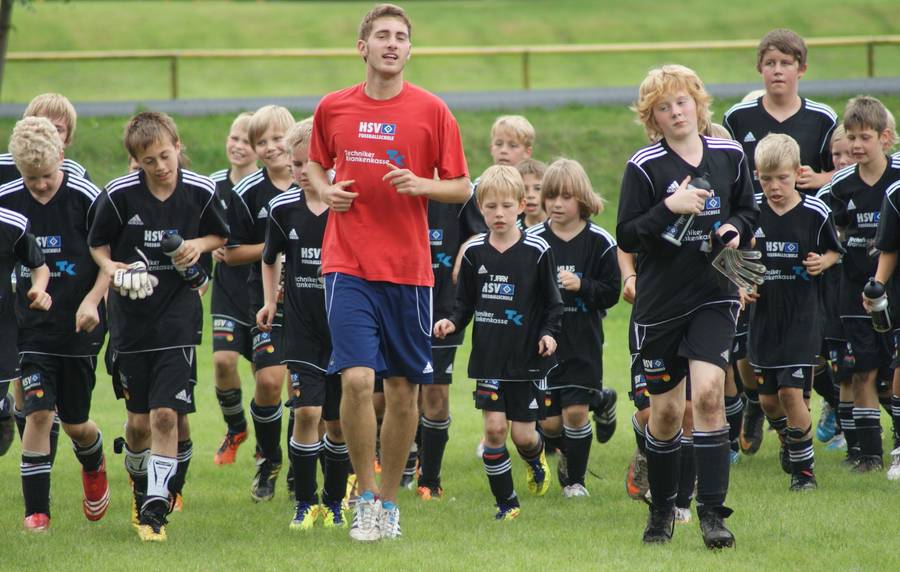
In Junior Grassroots Football, it is not uncommon for players to be assigned positions based on their physical attributes. The fastest kids become a winger or striker, while the slower, more physical ones often end up at the other end of the pitch as a defender or goalkeeper.
If I had a pound for every time a parent has said to me “All we’re missing is a big player at the back to kick it away!”
But is it right to pigeonhole young players into one position early on? By doing so, they may miss out on the opportunity to gain a well rounded football education and experience that comes from playing different positions. Is specialisation from an early age the route to mastery or does it impose limitations of the development of players and do they emerge worse for the experience?
If an 8 year old player starts out as a defender and exclusively plays that role for three years, consider the limited experience they would gain by focusing solely on that position. Most of the game, they would be facing the play with the game in front of them. How can that player be expected to learn about playing with their back to goal, stretching the width of the game by hugging a touchline, or dealing with the playing round corners in midfield?
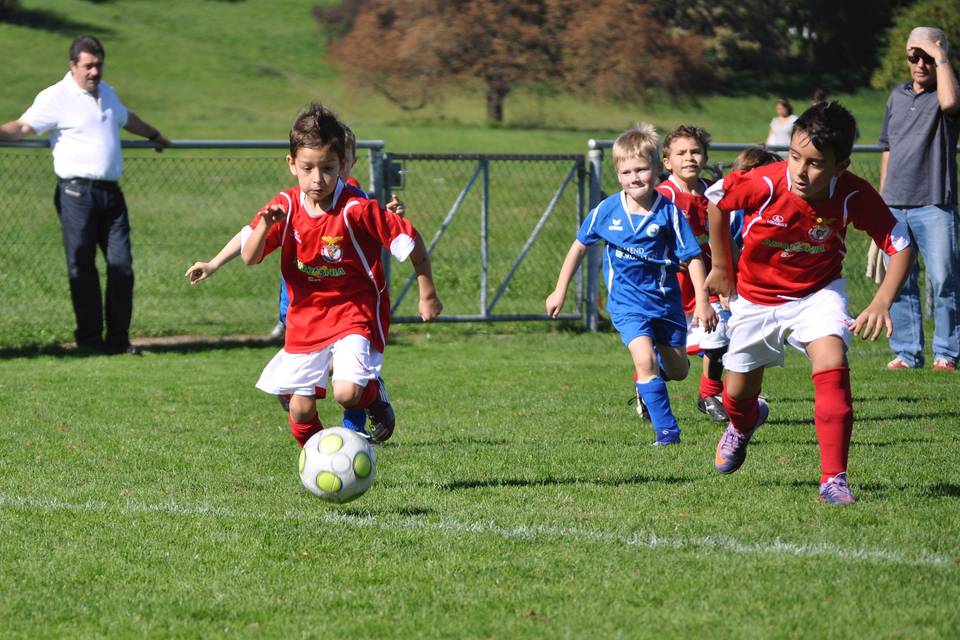
Additionally, playing only one position means they will likely have a defensive partner, defending against just one striker and perhaps an occasional midfielder. How often will they face 1v1 or 1v2 situations? These scenarios occur frequently in midfield during Junior Grassroots matches, and players in other positions often have to deal with overloads against multiple opponents.
As players progress through different levels and age groups, the game becomes faster and more tactical, with limited time and space. At the adult level, players often receive the ball under pressure with an opponent tight to their back. In the earlier example, how can we expect the player to eventually cope with more senior football if their crucial developmental years were spent focusing on one position and a limited set of situations each week?
By not exposing them to diverse learning opportunities, we run the risk of stifling the overall development of players.
A similar argument can be made for players who only play on their dominant side. If an 8-year-old, who is right-footed, consistently plays on the right side, how many chances will they get to use their weaker foot? Far fewer than if they were placed on the left side, where they could develop their weaker foot to a level where it becomes useful in games.
The development of the weaker foot is only ever held back by the lack of use. Why is there such a shortage of left sided centre backs in the game at ALL levels? It’s generally because left sided players are usually stuck on the left side of the pitch from the first time they play for a team and never move.
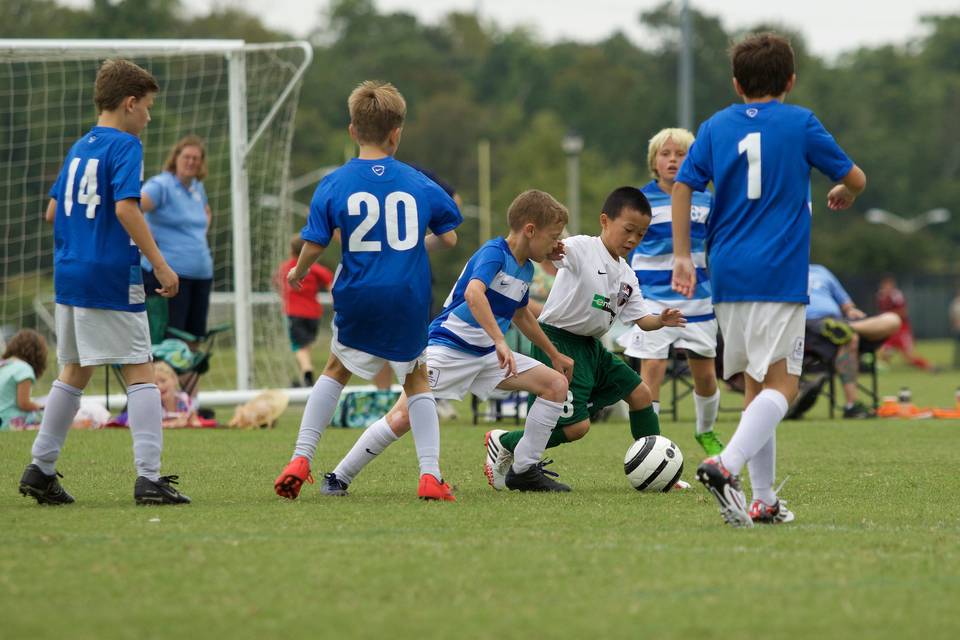
It's worth emphasising the importance of the foundation stage of football. This period is characterised by a player’s enthusiasm for learning, embracing new challenges, and overcoming failures. By confining them to their strongest side and perceived best position, we may not be challenging them at all. In fact, there is a chance they’ll only ever experience their ‘comfort zone’ and rarely encounter the failures necessary for growth and learning.
“Fixing” a players position based on their physical characteristics ignores the fact that these will undoubtedly change over time. A small and fast youngster might grow taller but have average speed for a footballer. If that player has only ever played as a wide player near the touchline or as a striker running in behind to exploit their early years pace, they will never learn to play in other positions or face different game situations.
As teams transition to 11-a-side football, competition for places can become more intense. Players who can only perform in one position may find themselves out of the team or see their position disappear due to tactical changes. If they are then forced to learn a new position, they are starting their football education from a vulnerable situation. Regrettably, I have witnessed such players lose interest in football entirely because learning something new under pressure proved too challenging.
The question of how many positions youth players should play does not have a definitive answer. It depends on whether the focus for the coach is on individual player development or solely on results. If a grassroots team achieves success by playing the same way each week with fixed positions, how many coaches would be willing to shake things up and challenge their players?
The key is planning and identifying areas where each individual player needs improvement. For example, if a player rarely uses their weak foot, placing them on the corresponding side of the field "forces" them to practice using that foot in game situations. If a player struggles in attacking 1v1 situations, positioning them in a wide area where they frequently encounter 1v1 situations can be beneficial. The opposite can be done for defensive challenges. By placing them in situations that target their weaknesses, they are challenged to become more complete players over time.
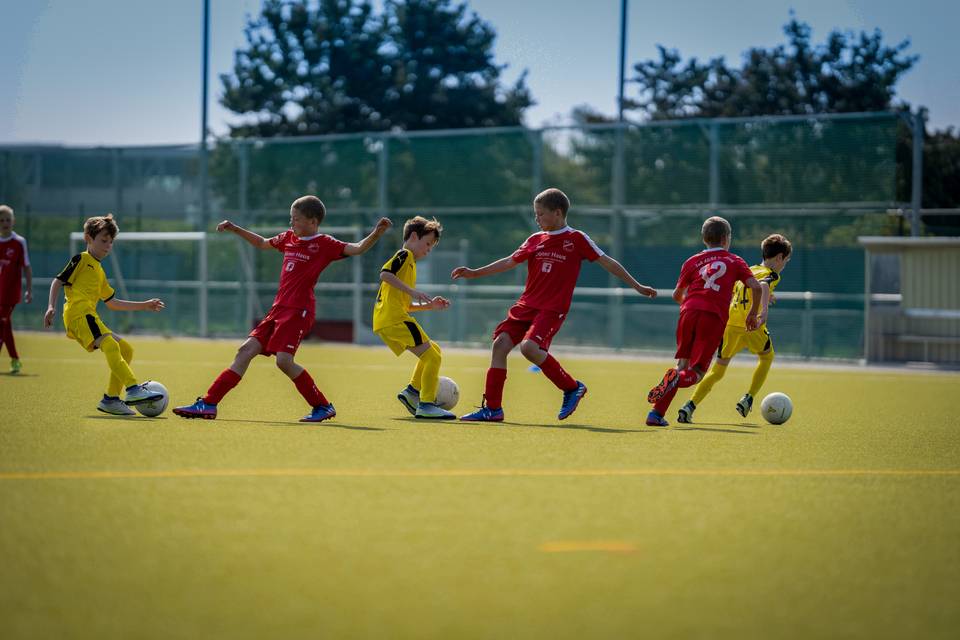
As a Grassroots Coach, if you prepared to prioritise individual player development over immediate results and rotate positions to help players improve their weaknesses, you are preparing them to handle every common game situation in the future. Such a coach is far superior to the ‘win at all costs’ obsessives that sadly make their way into Junior Football.
While selecting players based on physical characteristics may seem reasonable in the short term, the long-term benefits of prioritising technical development over physical attributes become apparent as children mature. They will develop into better players overall and possess a far superior understanding of different aspects of the game. You will be offering them a much better opportunity for long term success and that ultimately has to be the goal of the coach.

